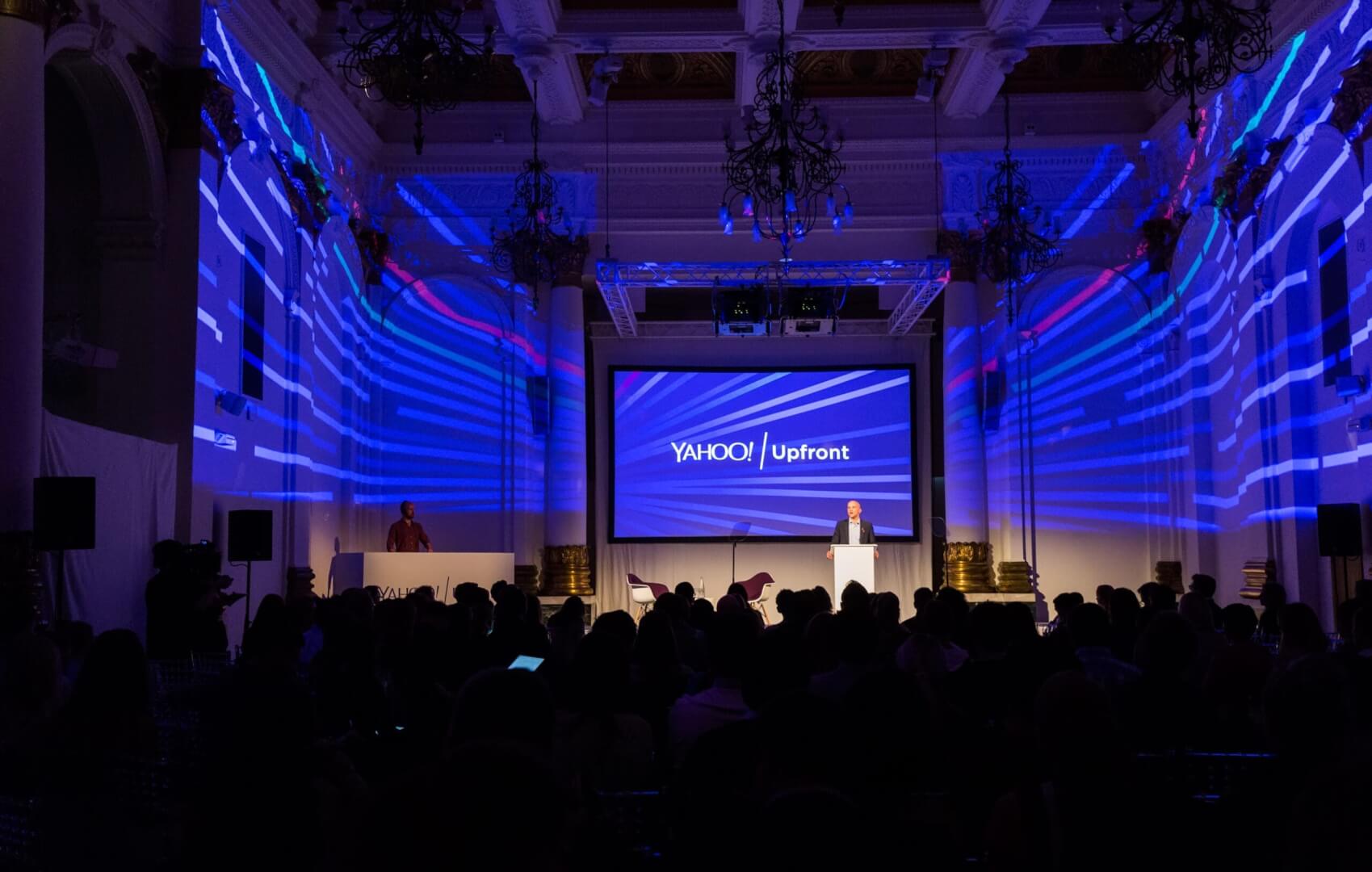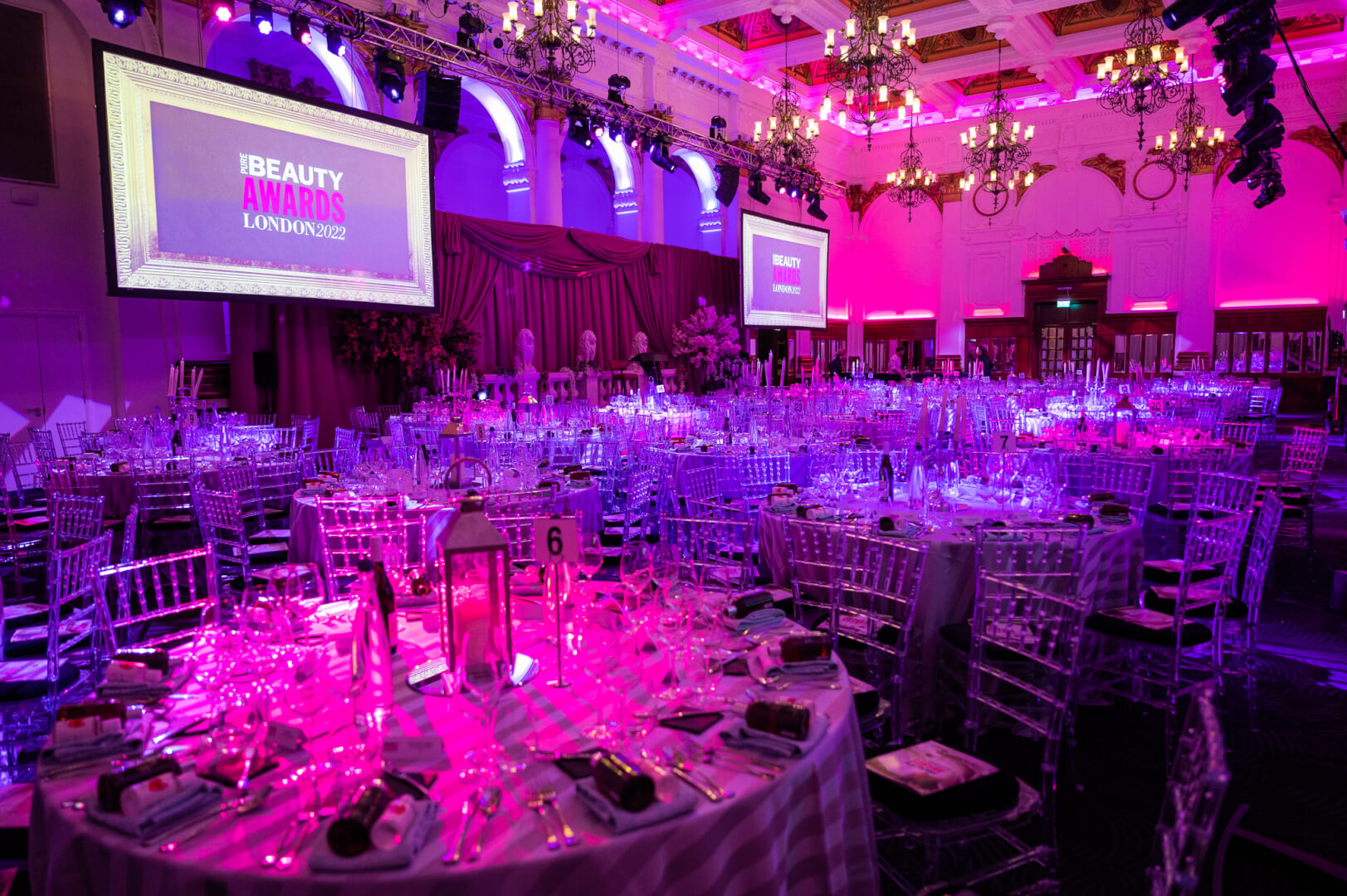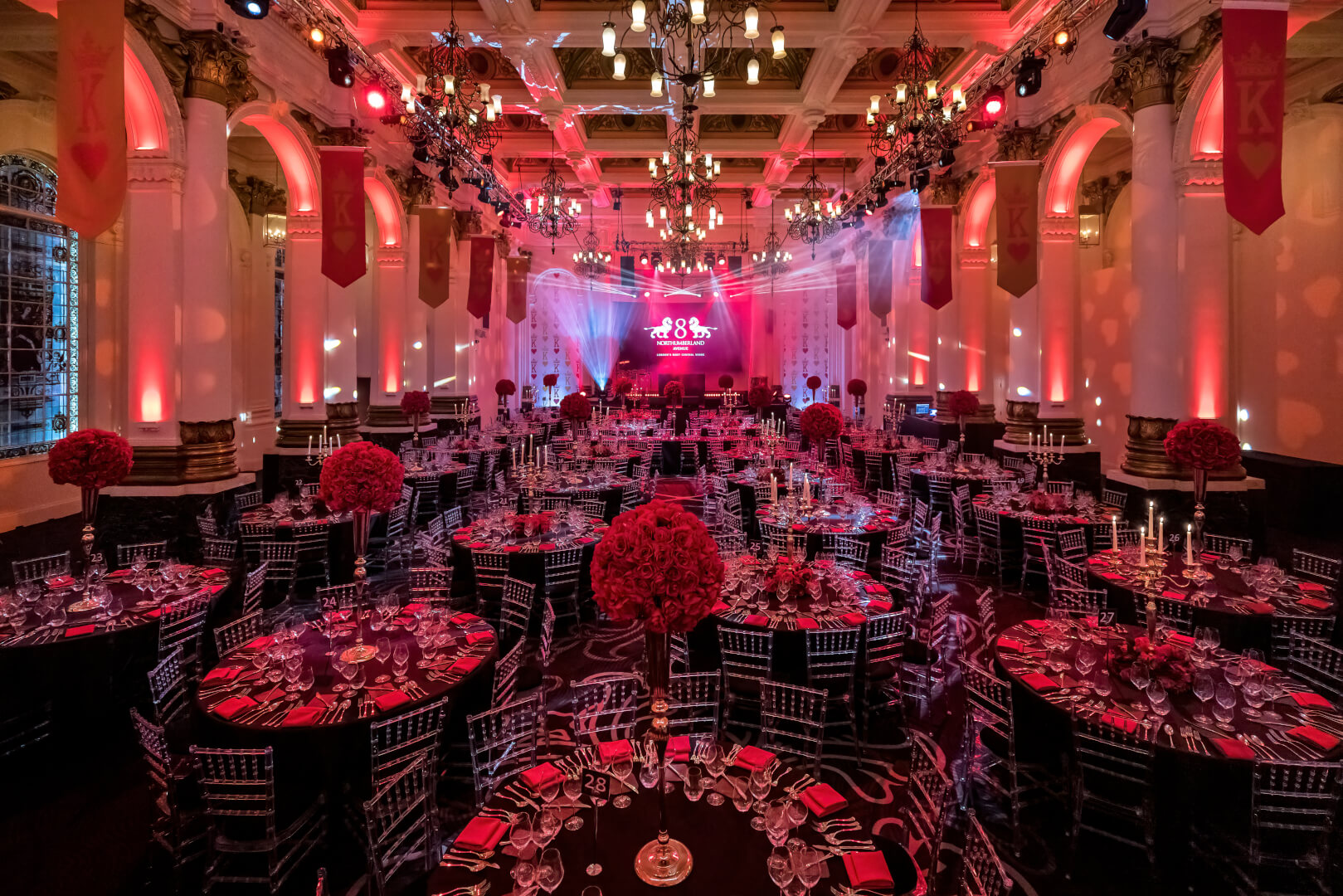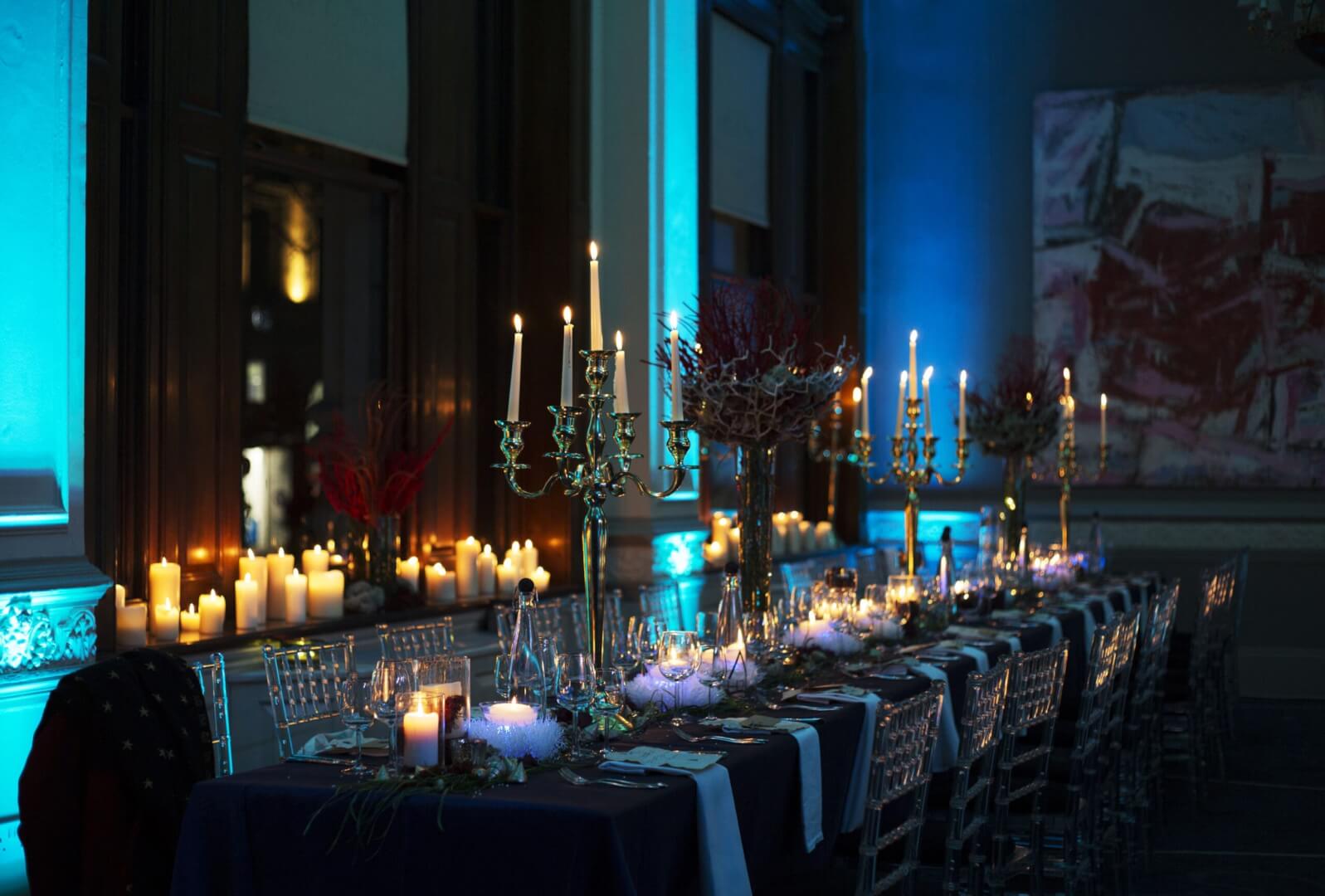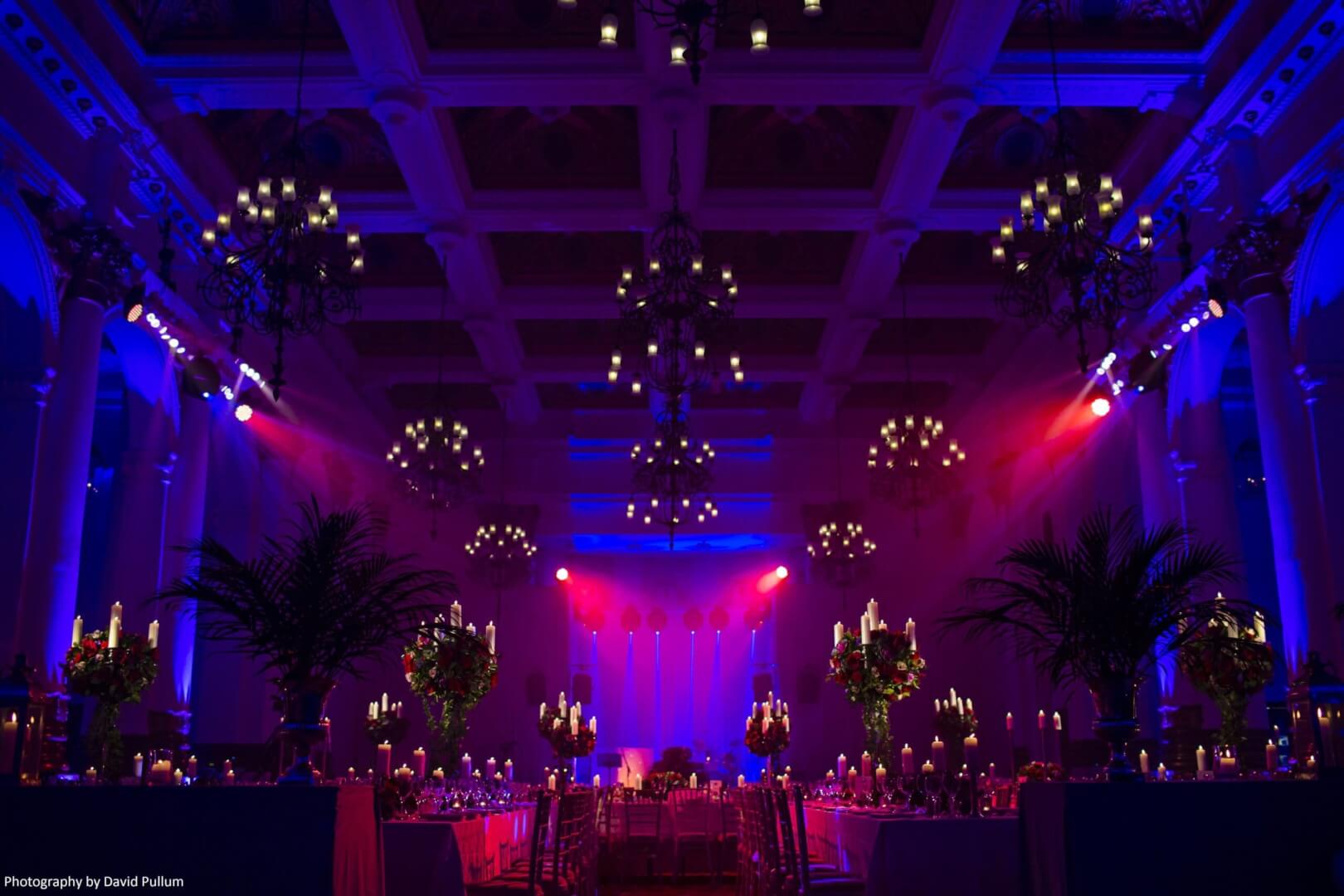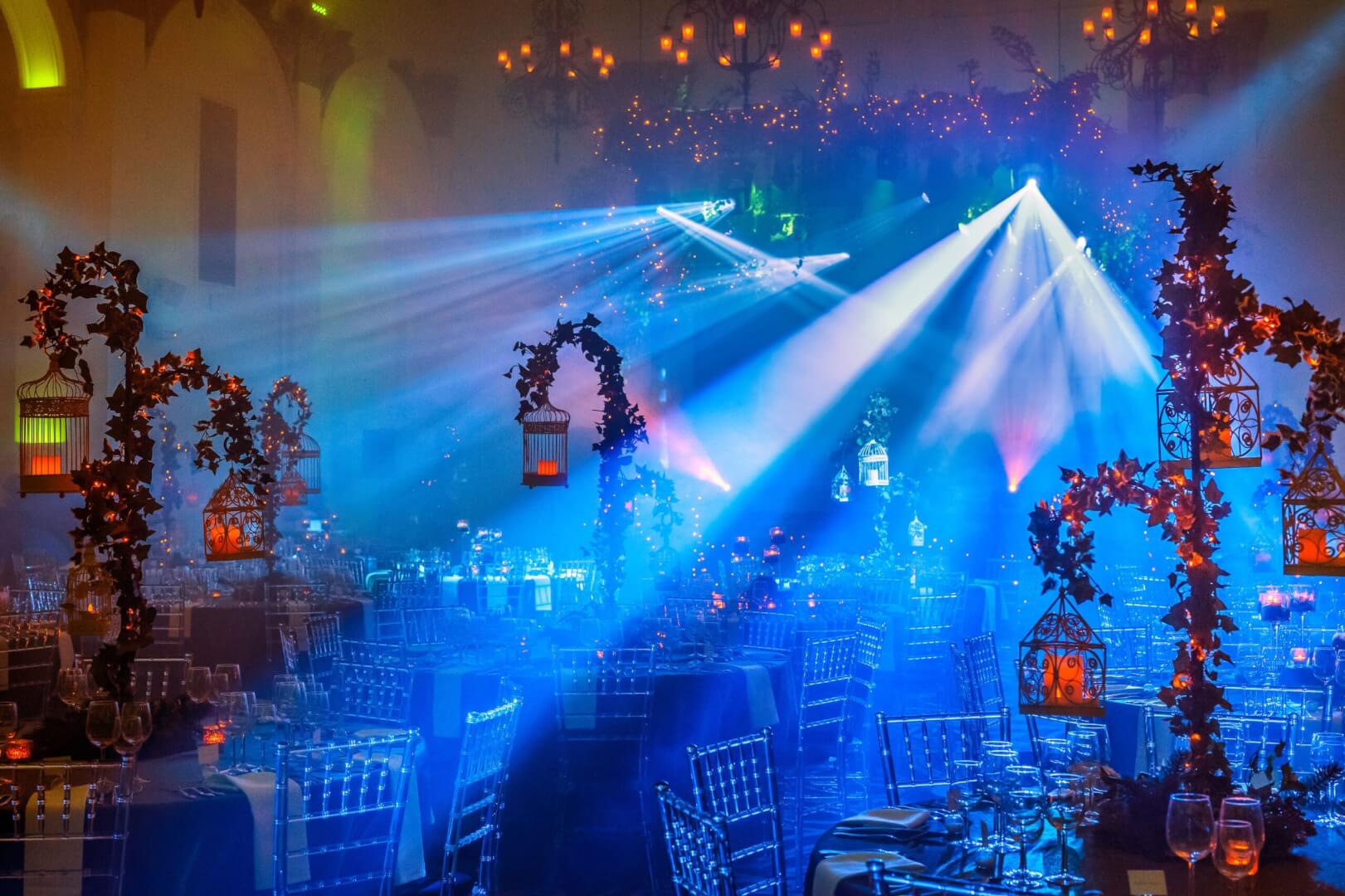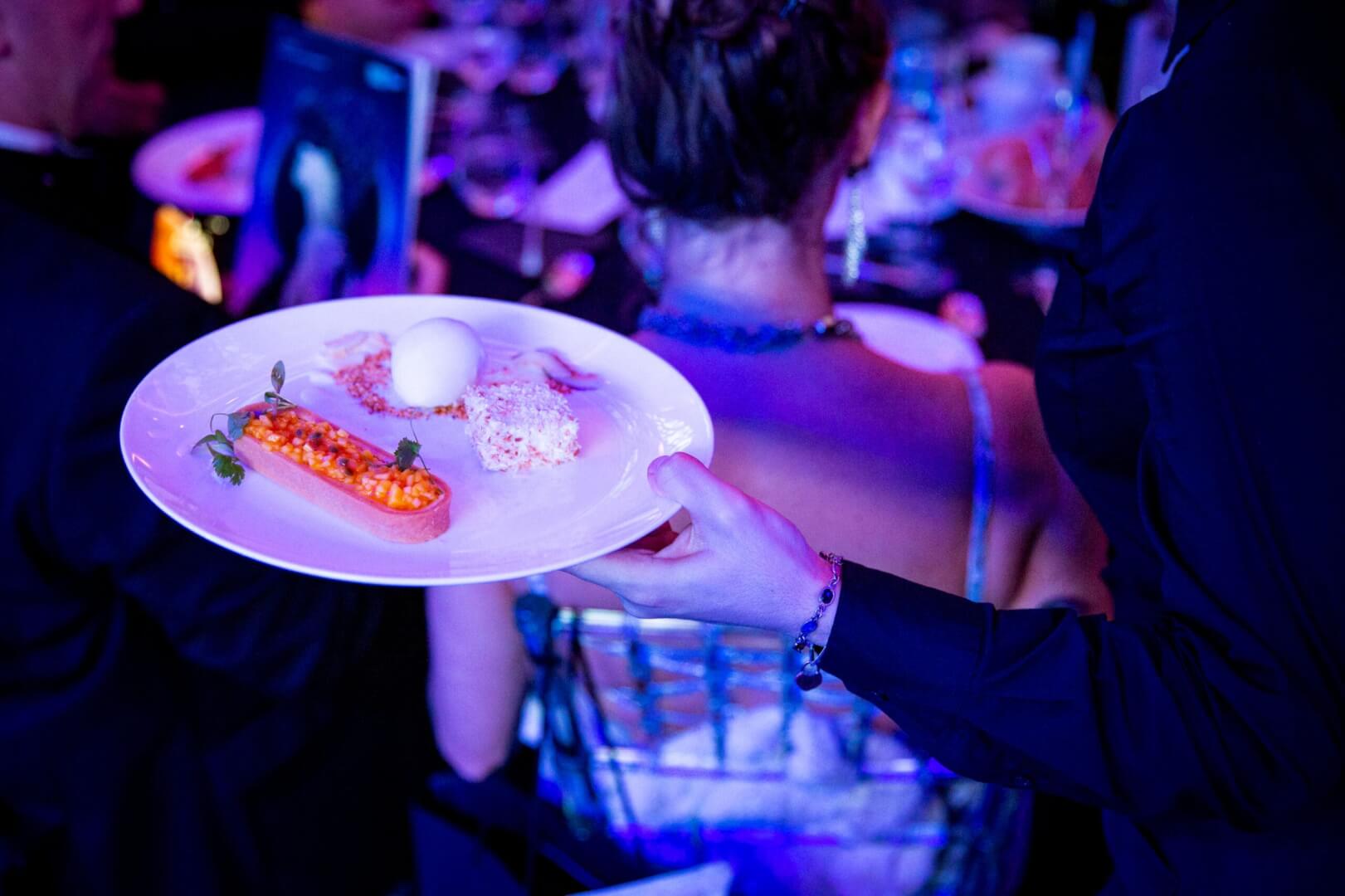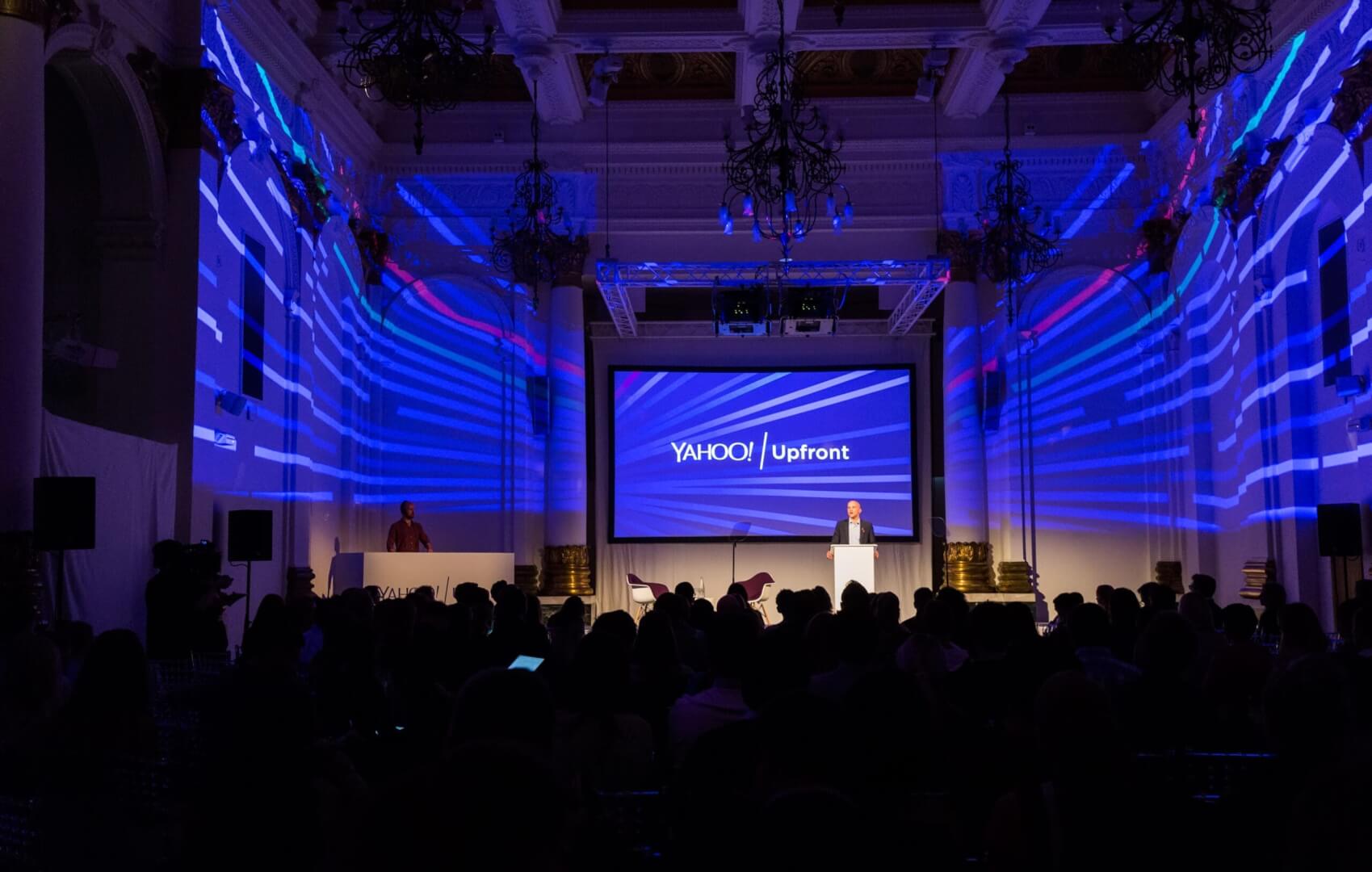Digital vs traditional invitations
The excitement of receiving an invitation is a great feeling but when you’re planning the event and sending them out, what’s the most effective process?
The events venue in central London has been booked and the menu is confirmed, now all that’s left is to invite people to attend.
For this task, you have two main options; digital invitations and traditional postal invites. Let’s take a closer look at the features and benefits of each one.
Digital Invitations
Digital invitations are convenient and cost-effective. An immediate RSVP feature lets you know who is coming and how many guests can reasonably be expected much sooner than posted invites.
Virtual invites can also be connected to a digital platform such as a Facebook event page, allowing you to communicate easily with guests afterwards. If you are hosting a public event and selling tickets you can utilise this so guests can share their attendance, ensuring that the event gains more exposure.
Event planners and hosts sometimes worry that digital invitations are too casual, consisting of little more than brightly coloured text and buttons. Many e-vite services offer beautiful options that sparkle with personality, and some even feature designer choices from Kate Spade, Jonathan Adler, and Real Simple.
On the downside, virtual invitations risk being missed by recipients who are already barraged by social media and email notifications. Even if it is received, the invitee may subconsciously assume that because it was sent electronically the event is not as relevant and may decline, without informing the host.

Traditional Paper Invitations
When you take the time to create and post a paper invitation, it suggests to the recipient that the event is extra-special. Beautiful, specially designed invitations make the recipient feel honoured to be invited.
The negatives of paper invitations can be seen as a waste of both natural resources and money. Some end up framed or in scrapbooks, especially if the event was a wedding or another highly personal event, but most will end up tossed in the bin. If (any of the) recipients are unable to attend, the host still incurs the cost of printing and mailing the invitations.
Additionally, as people are so time poor, it seems much more of an effort to RSVP to a paper invitation than clicking a button.

Creative invite options
To give you some inspiration we’ve taken a look at a few digital and paper invitations ideas that could support your next evening at an events venues in central London. For example:
- Edible invites: Imagine sending a ‘You’re Invited’ notification that invitees can enjoy with their morning tea? Many invite services offer custom-baked biscuits, chocolate boxes, and fruit baskets, complete with a printed card to ensure they don’t forget when and where to appear.
- Gift card invites: Starbucks and other gift card providers allow clients to order reloadable gift cards branded with an event theme or company logo. You can preload these cards with enough funds for invitees to enjoy their favourite drink and they’ll remember you every time they use it afterwards.
- Tactile invitations: Invitees appreciate items that have longevity, for example; a pen engraved with the details or emboss the invite onto a leather luggage tag? The possibilities are endless.

There’s no right or wrong way to invite guests to your party. Whether you’re planning a large awards evening or a small scale private dinner, the key is to determine what option fits your budget, personal preference, and guests’ style. What’s important, in the end, is that everyone knows exactly where to be and when.

